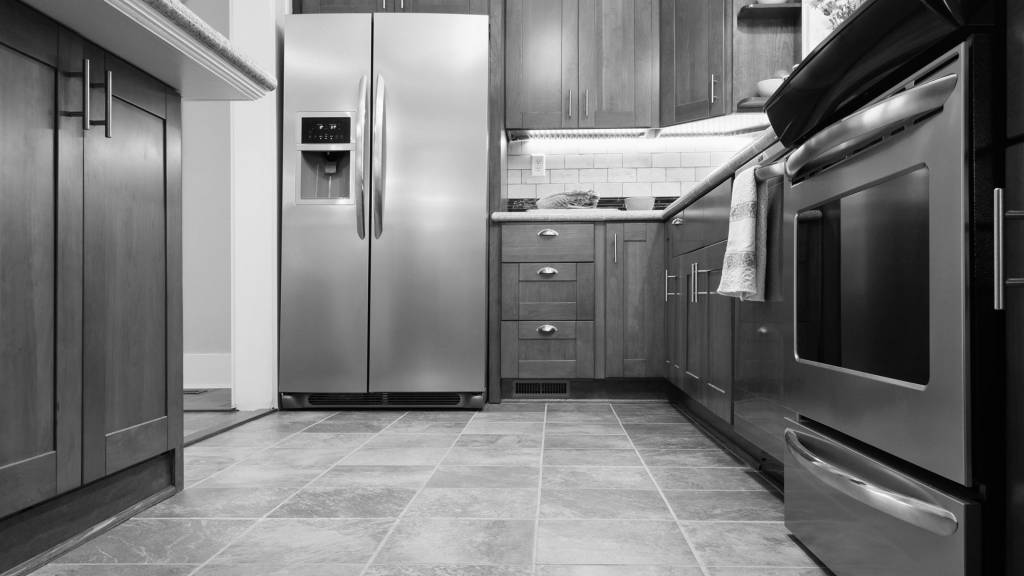Too Much Noise
In offices, irritating noise can come from all kinds of sources: air conditioning, obnoxious ringtones, traffic, nearby construction —especially—from other people’s voices.
What do hypertension, sleep disorders, cardiovascular disease, impaired cognition and being annoyed have in common? All are possible outcomes of too much noise around us. Many people complain about noise, but fewer realize how harmful it can be. Turns out, hearing loss and ailments such as the ringing ears of tinnitus aren’t the only things we should worry about. Evidence of the non-auditory effects of noise on health is growing, too.
Defined by scientists as “unwanted sound”—noise puts a burden on our hearts and brains, as well as our ears, according to Dr. Wolfgang Babisch, a lead researcher in the field of environmental noise and a senior research officer at the German Federal Environmental Agency.
Noise
In offices, irritating noise can come from all kinds of sources: air conditioning, obnoxious ringtones, traffic, nearby construction, unsophisticated sound-masking systems and—especially—from other people’s voices, says Julian Treasure, chairman of a United Kingdom-based consultancy, The Sound Agency. Noisy environments tend to only get worse over time, because people start speaking louder as it gets noisier around them (known as the Lombard effect).
Annoyance is the most common response to noise, says Babisch, and that’s not as trivial as it may sound. We are easily set off by noise because we have been programmed as humans to be aware of sounds as possible dangers, going back to when our evolutionary predecessors had many enemies in the wild. This sensitivity to sounds has stayed in our neurobiology—we’re constantly alert to our environment, and noise easily makes us uneasy. Lab studies on humans as well as animals have shown that exposure to noise arouses the nervous system, causing rising blood pressure and the release of stress hormones. Over time, these instinctive responses can stress the cardiovascular system and give rise to negative outcomes such as anger and exhaustion.
DESIGNING WITH PODS
Considering adding a pod to support focus and privacy at work? Find out which is right for you.
As if those effects aren’t bad enough, cognitive impairment is another non-auditory result of noise that researchers have been studying. More than 20 studies in multiple countries have shown that environmental noise negatively affects school children’s learning.
Without effective acoustical solutions, experts say, the negative impacts of day-to-day noise in many office environments can also be significant.
First, there’s the nature of the noise itself. It’s fluctuating, which is more annoying than constant noise levels, according to Babisch, and it contains talking, which is “more distracting than broadband noise with no informational content.”
“Cognitively, there is plenty of research now that shows that the most destructive sound of all is other people’s conversations,” agrees Treasure. “We have bandwidth for roughly 1.6 human conversations. So if you’re hearing somebody’s conversation, then that’s taking up 1 of your 1.6. Even if you don’t want to listen to it, you can’t stop it: You have no earlids. And that means you’ve just .6 left to listen to your own inner voice.”
The level of noise for the type of work that is supposed to happen in offices today is also an issue. In some open-plan offices, noise ranges from 60 to 65 decibels. That may seem minor compared to a busy highway that generates 85 decibels or a refrigerator that hums along at 40, but it can make cognitively demanding work difficult. Recognizing this, the German Association of Engineers has set noise standards in their country for various types of work. While 70 decibels is acceptable for simple or mainly transactional office work, 55 decibels is the requirement for what the association terms “mainly intellectual work.” They identify this as work characterized by high complexity and demanding creative thinking, decision-making, solving problems and effectively communicating—precisely the kind of knowledge work that, when performed well, puts leading enterprises ahead.
The recommended noise level for intellectual work pertains to participating in discussions and meetings as well as working solo. In fact, the association recommends the same limit on noise for a doctor performing surgery as for office workers doing intellectual work, alone or together.
“There is plenty of research that shows that the most destructive sound of all is other people’s conversations.”
Julian Treasure
The noise level of 60-65 decibels that’s common in some open-plan offices is not only too loud for concentration, it can also impede effective collaboration by causing speech interference. As Babisch explains it, the sound level of speech is about 60 decibels if people talk to one another, in normal tones without raising their voices, at a distance of about one meter (3 ¼ feet). This means any other noise within that same range—someone else talking nearby, for instance—can cause speech interference, so not all the words may be fully heard. “Nevertheless,” he says, “a sentence may be understood because of cortical processing. This, however, is an active process that may cause reaction leading to adverse effects in the longer run of chronic noise exposure.”
In other words, in noisy environments with poor acoustics, workers can as easily get stressed by trying to hear others as by trying not to hear others—a lose/lose proposition.
The solution, says Treasure, is a variety of workplace environments, each designed with consciousness of sound for the task and the people using the spaces. Work environments need to be designed not just for appearance, but also for experience in all the senses, especially hearing. “Consciousness of sound is a new tool to design with,” says Treasure. “Good acoustics can make environments more productive.”
Solving for noise in workplaces isn’t easy. Four walls and a door don’t necessarily make for good acoustics, because sound, like water, can spread through the smallest gap. Within any environment, sound can be either sealed, absorbed or masked. Each method has advantages and disadvantages that should be carefully weighed, because controlling sound within acceptable levels of tolerance has become a design imperative and an important metric for the overall effectiveness of a space.

85db

60–65db

40db
Introducing New Research on Engagement + the Global Workplace
1/3 of workers in 17 of the world’s most important economies is disengaged, according to new research from Steelcase. Working with global research firm Ipos, the Steelcase Global Report is the first to explore the relationship between engagement and the workplace.


